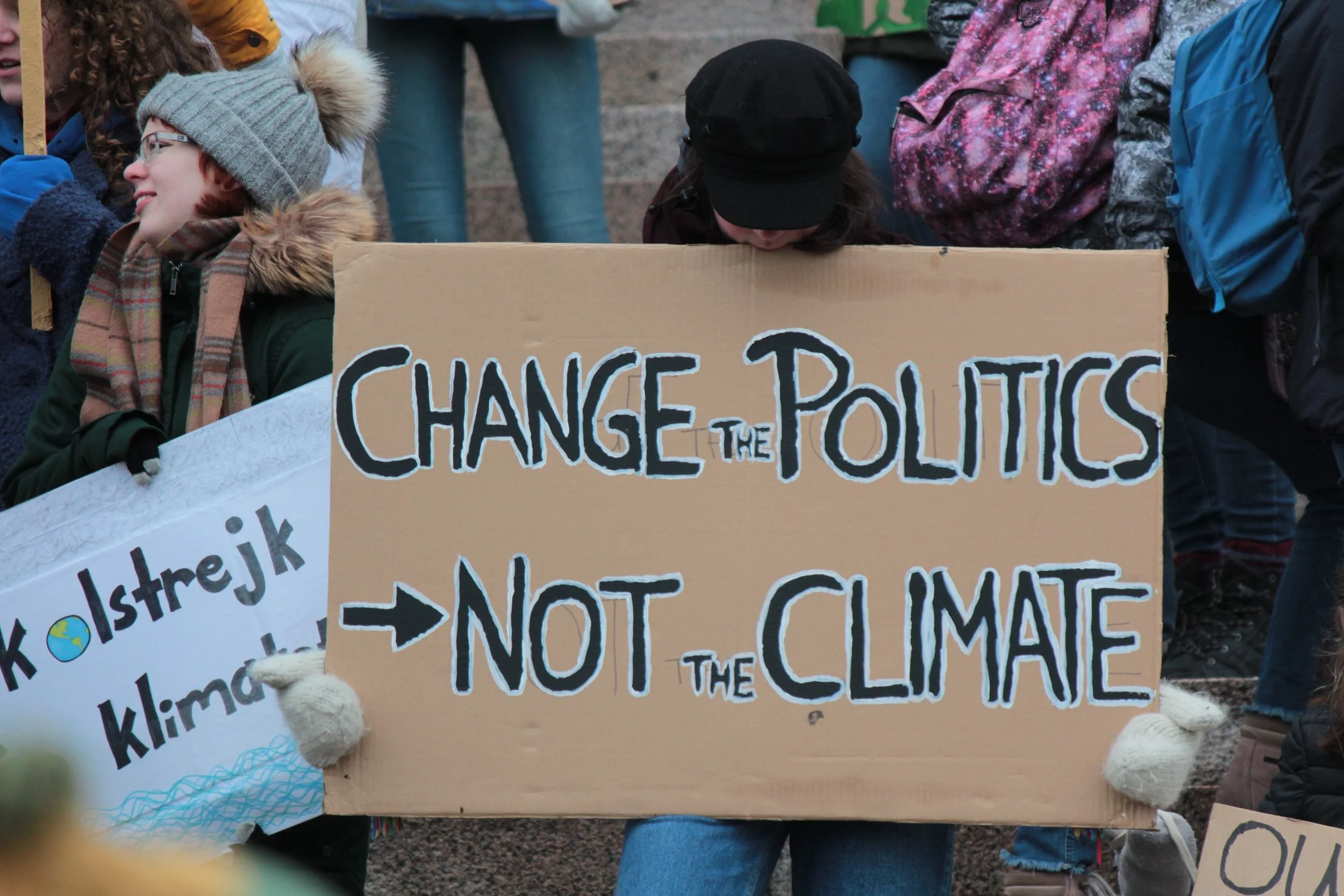Not only are rural households predominately reliant on agriculture and thus highly vulnerable to climate change, but due to a lack of support financially both nationally and internationally, they are forced to spend their own limited resources on preparing and responding to climate disasters. In the face of all this, the recently concluded preparatory climate talks for COP27 in Egypt in November, saw wealthy high emitting nations side-step previous promises and obligations to address the loss and damage the climate crisis is inflicting on the Global South. Once again, promises made, but not kept, and one need only look to the present floods in Bangladesh and so many more disasters to see the inherent injustice in this.
Mongolia, Climate Change, and Ih Nuudel (Big Migration)
Ih nuudel, meaning ‘the big migration’ in Mongolian, is what locals have coined the migration in record numbers of rural populations to the capital of Ulaanbaatar. This pattern of migration has been going on for two decades in Mongolia due to various factors, but climate change is drastically exacerbating it. In recent years various international reports have begun highlighting the alarming rate of climatic variations recorded in Mongolia. Between 1940 and 2015 Mongolia had a confirmed increase in temperature of 2.24°C making it “one of the strongest climate warming signals on Earth.” Another report revealed that Mongolia is warming at a rate three times faster than that seen anywhere else on the globe. This is catastrophic for a nation known for its deep relation with the land.
The Immediate Threat of Climate Change in Pakistan
While Pakistan was recently recording temperatures too hot for human tolerance, the media was largely focused on the heat wave across the United States. Pakistan is one of the top ten countries most vulnerable to climate change, and each region is dealing with the effects of climate change in their own way. With this, displacement will continue to rise.
Charikar Flood Survivors Mourn Dead as Afghanistan Grows Increasingly Vulnerable to Climate Change
After the August 26 flood, 129 people have already been found dead under the rubble and mud and the town is destroyed. Flooding and natural disasters are not new to Afghanistan or Pakistan, but experts warn they could increase with climate change altering weather patterns. Worse yet, both countries are ranked high as vulnerable to the impacts of climate change and among the countries least prepared to deal with the effects.
The UNDP’s Chief of Livelihoods and Resilience warns “climate change, conflict, displacement, and urbanization are linked, climate change is a risk multiplier in the complex socio-economic and political context of Afghanistan.”
So far Pakistan’s monsoon rains this year have killed 233 people, and destroyed more than 1,300 homes. Karachi usually would receive five inches of rain from July to September, but this year it has seen more than 19 inches already.
The Karachi head of Pakistan’s meteorological department says the effects of climate change are already being seen and felt.
Land and housing pressures from above average birth rates are already being felt, and if political negotiations go well, Afghan refugee returnees from Iran and Pakistan will further increase those pressures.
Thus far, Pakistan’s national climate change adaptation plans have been sidelined by a lack of money and capacity. (Telegraph)
Latest Bangladeshi Floods Impact Millions - Yes, Let’s Talk about the Injustice
Government estimates and satellite data reveal as much as 24 to 37 percent of the country is submerged, a million homes impacted, 4.7 million people affected and 54 people have died, mostly children, in rains that are expected to continue through the middle of August.
The NY Times reports it’s too soon to know what role climate change plays but Bangladesh has already seen a pattern of more severe and frequent floods stemming from the Brahmaputra River, and scientists expect things to only get worse in the years ahead.
It’s a tale of suffering we see too often in the media, but this time, it’s so heartening to note the welcome emphasis on responsibility and justice:
“This is one of the most striking inequities of the modern era. Those who are least responsible for polluting Earth’s atmosphere are among those most hurt by its consequences. The average American is responsible for 33 times more planet-warming carbon dioxide than the average Bangladeshi.”
From Vanuatu sinking into the Pacific and drought in the Horn of Africa, inequity is the focus, when taking into account the world’s richest 10 percent are responsible for 40 percent of the global environmental damage, while the poorest 10 percent account for less than 5 percent. (NY Times)
Inequity is exactly the point and framing this as a justice issue needs to be front and center in the conversation, just as we say in our PERSPECTIVES Feature below:
Bangladesh Opening ‘Climate Refugee’ Complex for 4,500 Families
In what is being billed the world’s largest climate refugee housing scheme, 20 new housing blocks opened last Thursday and will house 650 families in the initial phase, with more under construction.
Many of the new residents are from the Bay of Bengal island of Kutubdia, which is now 40% underwater. One of the first recipients was Jobadia Begum, who lost several family members during the country’s devastating 1991 cyclone that destroyed much of the island and killed 138,000 people.
Many of those displaced in that cyclone have since been living in a slum housing 40,000 outside of Cox’s Bazar airport, which is also vulnerable to flooding during high tide. (AFP)








